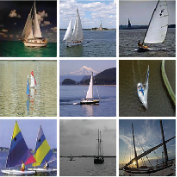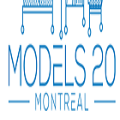Synthetic datasets are widely used for training urban scene recognition models, but even highly realistic renderings show a noticeable gap to real imagery. This gap is particularly pronounced when adapting to a specific target domain, such as Cityscapes, where differences in architecture, vegetation, object appearance, and camera characteristics limit downstream performance. Closing this gap with more detailed 3D modelling would require expensive asset and scene design, defeating the purpose of low-cost labelled data. To address this, we present a new framework that adapts an off-the-shelf diffusion model to a target domain using only imperfect pseudo-labels. Once trained, it generates high-fidelity, target-aligned images from semantic maps of any synthetic dataset, including low-effort sources created in hours rather than months. The method filters suboptimal generations, rectifies image-label misalignments, and standardises semantics across datasets, transforming weak synthetic data into competitive real-domain training sets. Experiments on five synthetic datasets and two real target datasets show segmentation gains of up to +8.0%pt. mIoU over state-of-the-art translation methods, making rapidly constructed synthetic datasets as effective as high-effort, time-intensive synthetic datasets requiring extensive manual design. This work highlights a valuable collaborative paradigm where fast semantic prototyping, combined with generative models, enables scalable, high-quality training data creation for urban scene understanding.
翻译:暂无翻译




